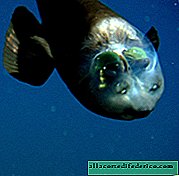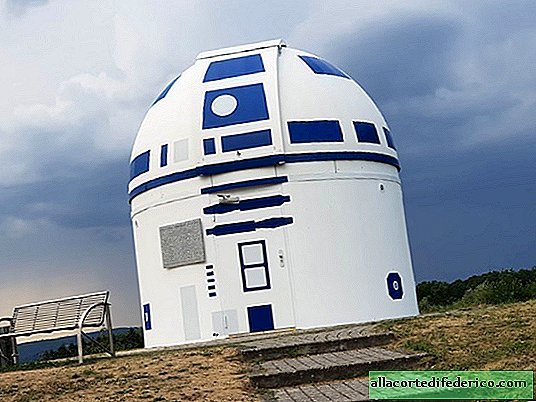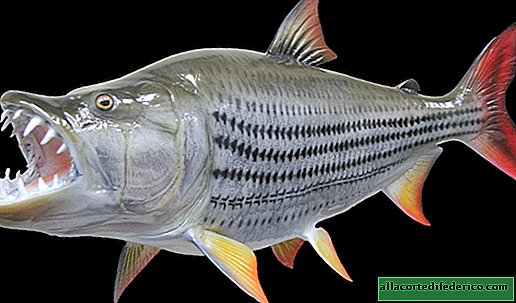Why is the small macropinne transparent head
There are many amazing animals on our planet, the existence of which is sometimes difficult to believe. One of these is the small-mouthed macropinna (lat. Macropinna microstoma), which lives in the deepwater areas of the Pacific Ocean. Macropinna can be found in the Bering Sea, off the coast of Japan and the Kuril Islands, as well as along the western coast of North America. She prefers sections at a depth of 500 to 800 meters, sometimes she is found even lower.

This is a small fish, its size does not exceed 15 centimeters. Macropinna has a very small mouth, for which it received such a name. It feeds mainly on zooplankton and various small aquatic animals.
An interesting feature of the small-sized macropin is its almost transparent head and amazing eyes, which usually look up. Due to this physiological peculiarity, the fish even got the second name barrel-eyed. A transparent shell that protects the inner contents of the head is attached directly to the scales of the main body, as well as to the transparent peri-ocular bones located on the side.

Quite large eyes are painted green due to the presence of a special pigment. Lesser macropinna has a specific structure of the ocular musculature. In the usual position, when a fish swims in the water column, its eyes are directed upwards. But once she sees the prey, her eyes change direction, and she is already able to see what is in front of her. Thus, during hunting and swallowing food, macropinne turns into an almost ordinary fish, apart from, of course, a transparent head.

Scientists suggest that such an unusual structure of the ocular apparatus allows the macropin to hunt more efficiently. Inhabited at a considerable depth, this fish feeds mainly on what gets to it from the upper layers of the ocean. Noticing the prey approaching from above, the macropin changes its horizontal position to a vertical one and turns its eyes towards the victim.
Another amazing feature of macropin are the specific organs of smell. They are located at the place where the eyes are usually located. In fact, these are special rounded pockets that contain olfactory sockets.

Macropin living at great depths does not tolerate lifting to the surface. Due to the pressure drop, the transparent bubble bursts and the fish dies. This feature significantly complicated the study of fish, and only in 2009 it was possible to study in detail the structure of the body of the macropin and its mysterious eyes.

















